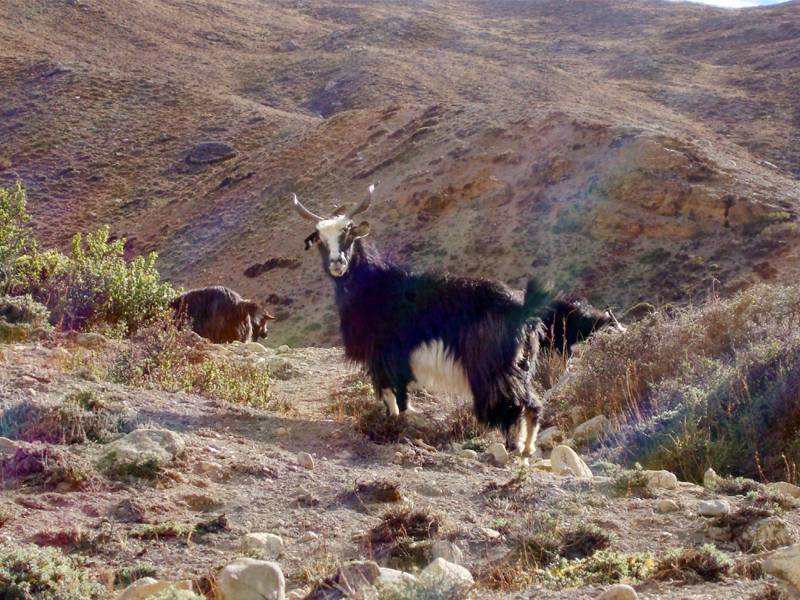
The following report was made possible by the collaboration of stakeholders from the United States to Nepal, from non-profit to for-profit to academic organizations. The authors hope that the research, analysis and recommendations contained herein will enable the Nepali textile and pashmina industry to sustainably increase profitability in the future.
This report and research project was successful due to the investment of time and expertise from many individuals. We would like to pay special thanks to:
- Professor Janis Forman for coaching, guidance, and assistance.
- Chelsea Lucio and the staff of the Applied Management Research Program at UCLA Anderson for project communication, administrative support, and financial sponsorship.
- Lucy Allard and the Center for Global Management at UCLA Anderson for financial sponsorship.
- Numerous business contacts of the Nepali pashmina industry for providing primary data during the research phase of this project.
- Surendra Chaudhary, Kusang Tamang, Anish Shrestha and Pratap Rai of Mercy Corps Nepal for research coordination, draft commentary, and gracious hospitality during research trips to Kathmandu, Nepal. This paper would not have been possible without their help.
- Last but not the least, we would like to especially thank the EU funded SWITCH-Asia program " Enhancing the Sustainability and Profitability of Carpet and Pashmina Industries in the Kathmandu Valley" for providing opportunity to conduct this study.


